Islamic architecture derives its style from the foundation of Islam and shows a broad range of both religious and secular styles. These styles are evident in the way the different structures and buildings have been made to represent the Islamic culture. The types of Islamic architectural structures include tombs, forts, palaces, and mosques. In a way, Islamic architecture fully represents the Islamic religion. Islam derives its value from the way of life, civilization, comprehensive culture, principles, and teachings each represented in its own fashion (Newhouse, 2010, p.6). In addition, it has long and established issues of civilization, culture, ideology, faith and philosophy.
Islam embraces all life systems from society, family to a personal level. (Kennicott, 2010, p.1). The architectural style and Muslim art represent their beliefs and way of life. However, it is important to note that Islam naturally gives rules on how people should behave properly and also gives basic principles of morality which are separate from what the Islamic art and architecture represent (Omer, 2008, p.484). Islamic calligraphy developed alongside the Islamic religion and the language of the Arabs. This calligraphy is composed of works of Muslim calligraphers from China to Morocco. It is linked to arabesque, a geometric Islamic art on a page of a book as well as on walls of a mosque and its ceilings (Omer, 2008, p.83). To the Muslims, calligraphy represents the art of spirituality because it has its background from the Qur’an, a source of development of the Arabic language.
The origin of the Islamic Chinese Calligraphy can be traced back to the 13th century where the standard script that was used for invocations was inscribed on the verse heading of the Qur’an and the inner walls of the temple. This was referred to as the Thuluth cursive script (Elmasry, 2007, p.2). This calligraphy was used in the Ming dynasty in the first two centuries after it has begun. It was used in the Mirab mosque of the Niujue in Beijing and the mosque in the Hebei province called the Dingxian mosque. Calligraphy stemmed from the classical periods of art histories of the Qur’an and the Confucian canon.
Islamic calligraphy had different styles of writing like the Kufi, named after a southern Iraq town of Kufa. Other styles included naskh and thuluth (Newhouse, 2010, p.6). The early students at Islamic madrassas used quill in the first half of the twentieth century to write. Earlier on, writers used wood. (Elmasry, 2007, p.2). The writings were done on hard parchments which is still a choice material for calligraphy writing in China. The most common and formal style of calligraphy used by the Chinese Muslim calligraphers is referred to as the Sini script (Kennicott, 2010). This refers to a style of writing where the distinguishing of letters is done by use of thick and tapered effect and with a flowing and rounded script (Newhouse, 2010). Sini script is commonly to write invocations or to write on Tamiya bearing placards that are hanging on the roof beams of almost all Eastern China prayer mosques and all main entrances (Omer, 2008). However, it is important to note that, unlike the Arabic writings which have letters with flowing tails, the letters in Chinese writings are neatly written in a square form. They resemble their architectural style of symmetrical and square buildings. The Chinese use these writings on couplets that they hang in their houses and temples. In their mosques and particularly at the entrance, the Chinese have to flow Sini scripts placards with Arabic writings (Elmasry, 2007). The Sini scripts are enclosed in square or diamond-like squares which is symbolic of good luck. In addition to the square Sini calligraphy, they have rectangular calligraphy with the name of God vertically extended. This is common in Arabic Calligraphy. Also, the Sini script is used to draw objects (Omer, 2008) and is referred to as calligraphic art. Objects are used to represent words in this form of art.
To recapitulate, the multidimensionality of Islamic architecture embodies the Islamic message and helps to bring the realization of its divine principles and purpose. On the other hand, calligraphy expresses the skills of fancy lettering. Today, calligraphy ranges from fine art pieces to functional hand-lettered designs and inscriptions. It is now popularly used in event invitations, memorial documents, commissioned or designed calligraphic arts, cut stone inscriptions, announcements, religious arts, font topography or design and logo designs that are hand written. In addition, calligraphy is also used in writing certificates, charters, and testimonials.

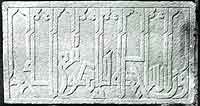
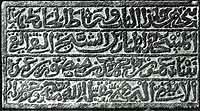
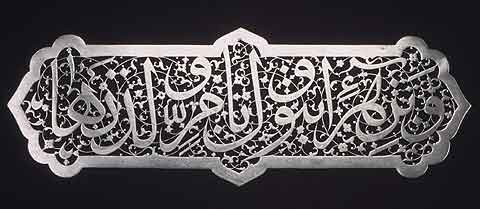
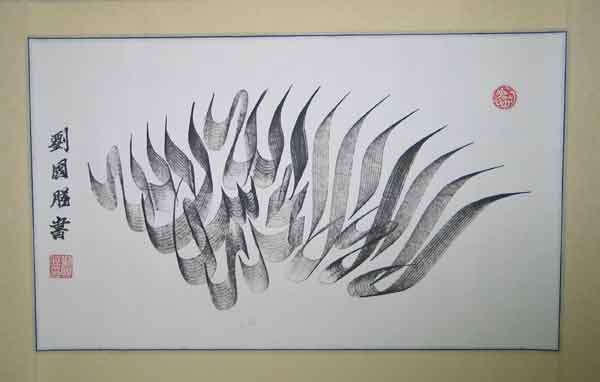
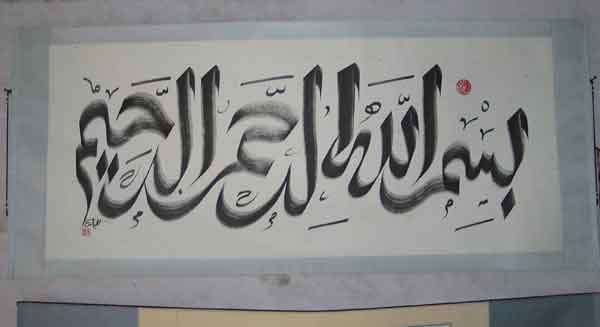
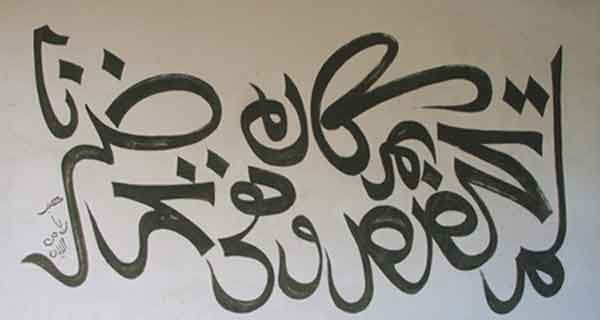
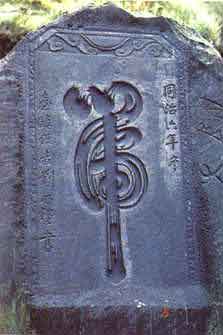
References
Elmasry, M. 2007. Islamic heritage belongs to all – architecture and science. CIC Friday Bulletin. 10, no.111, 1-3. Web.
Kennicott, P. 2010. A reflection of enlightenment in N.Y. Islamic center’s design; ‘Porous, open and bright,’ renderings provide a chance to redraw conclusions. The Washington Post, p. C.1.
Newhouse, C. 2010. Transforming culture. The Chicago Reporter, 39(5), 6-7.
Omer, S. 2008. Towards Understanding Islamic Architecture. Islamic Studies. 47, no. 4, 483-485. Web.
